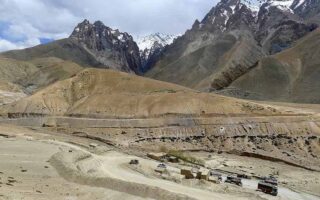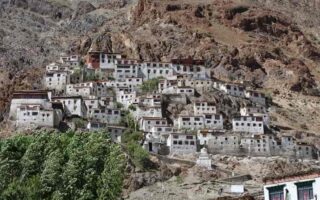Ladakh is occupied with the beauty of nature. There are so many other attractions that fascinate the visitors eye and becomes a memory forever. Located at the top and surrounded by the high knolls and cool breeze that make the place worth visiting. It is a magnificent place with the world’s highest mountain ranges that are blended with the beauty and the unique culture of the people surrounding here. Read on to know about hidden places in Ladakh that you must visit!
Baltoro Glacier
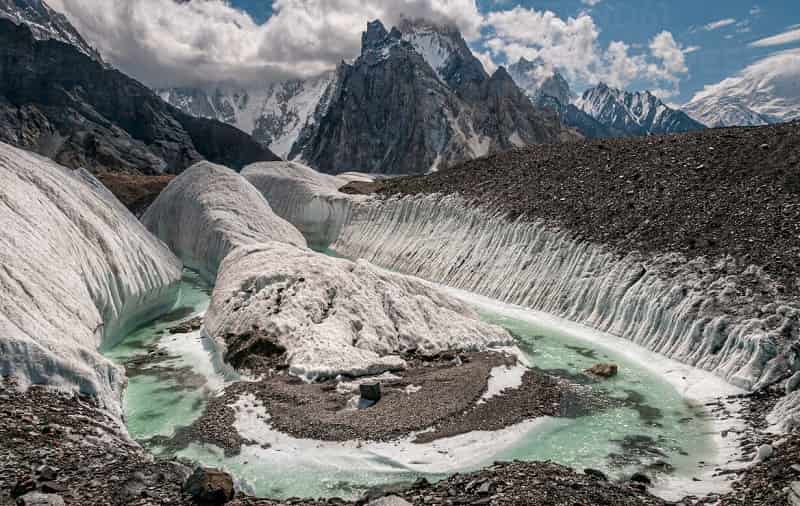
In Himalaya Region Baltoro glacier is the second biggest glacier. Baltoro is located in the huge coliseum bound by high peaks. In the Ladakh there is Baltistan area which has the Karakoram Range and towards its south slopes is situated the Baltoro glacier.
Many glacial lakes are been served as basins by the ice that is moving and that has produced a depression. The Wide channel, snowfall is vast and is the main part, the side walls are of different types from steep to abrupt are some of the features that makes this glacier sets apart from others.
Biafo Glacier
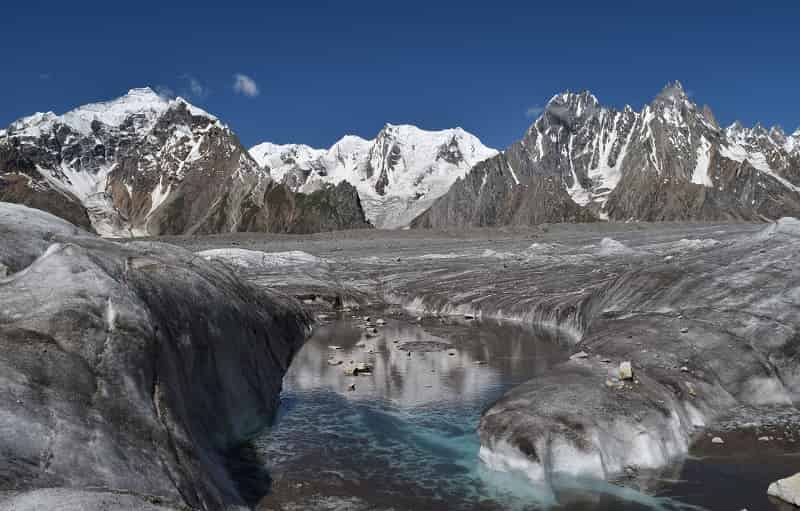
Biafo Glacier is situated in the Ladakh region of India with the length of around 60 Kms. In Ladakh there is the Baltistan area which has Karakoram Range and towards its south slopes there lies Biafo Glacier. The important stream which comes from the glacier goes into the Shigar River which is the main accessory of Indus River. The main glacier is feed by small glacier at different points.
Biafo Glacier can be reached through Skardu which is in Ladakh.
Hispar Glacier
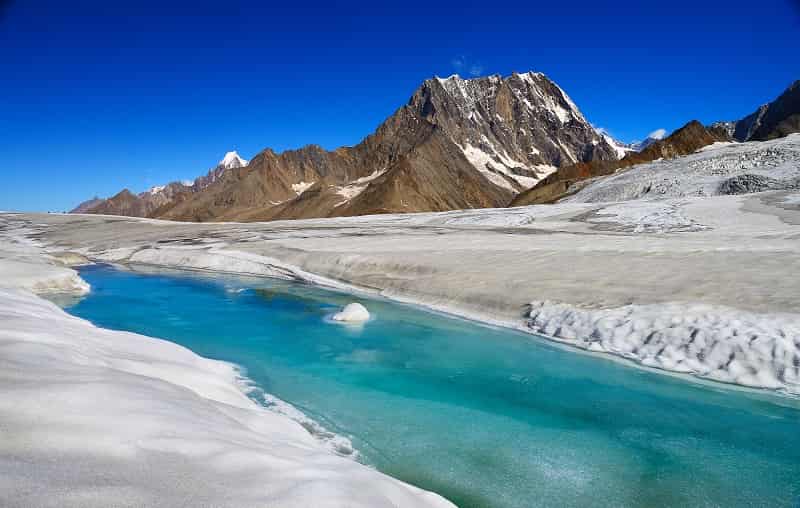
Hispar Glacier has a spectacular view which is picturesque. In Ladakh there is the Baltistan area which has Karakoram Range and towards its south slopes is located the Hispar glacier. In Shigar River a very large stream flows from the glacier which later goes to Indus River. The main glacier is the third largest which is of around 60 kms. This glacier can be accessed through Skardu that is situated in Ladakh.
There are a number of glaciers that are small that flows into the main glacier on both sides of the coliseum in which it is situated. The center portion of the glacier has vast snow filled and the sides have fragments that crumble with the large portion of ice that is moving.
Siachen Glacier
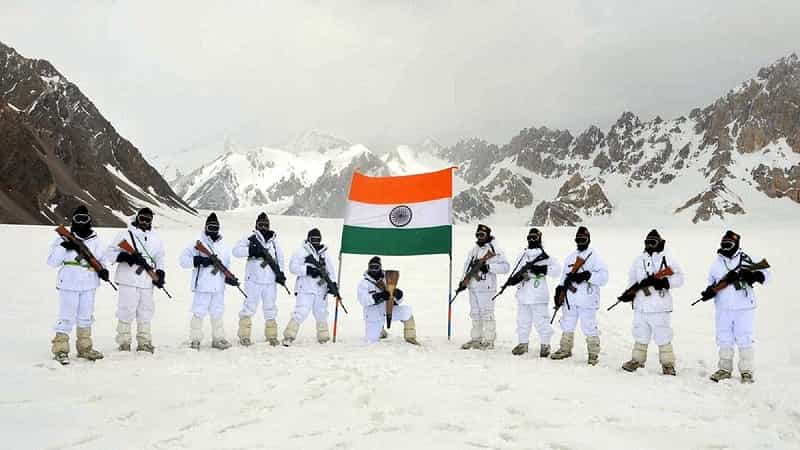
Siachen Glacier is the largest snowfall in the world out of the Polar region. The center of the glacier is full with snow and the sides covered with rocks and crag. The glacier being the largest in world has a length of around 72 kms. The north most – central part of union territory of Ladakh, close to the border of Tibet and India is located Siachen Glacier. It can be accessed through Skardu that is situated in Ladakh. It is situated on the northern slopes of Karakoram Range. The Siachen glacier fosters the Shaksgam River that runs along side to Karakoram Range before getting in to Tibet.
Nubra Glacier
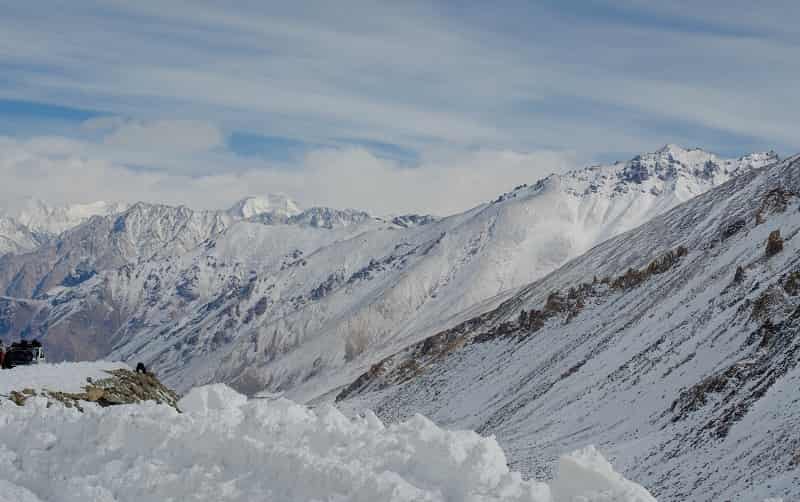
Nubra Glacier is set notably on the slopes to the southern side of Karakoram Range in the Region of Ladakh. It is a huge glacier which is surrounded by Large Mountains that are covered with snow that is located in the huge coliseum. The glacier flows in to the Nubra River which gives rise to the River. The glacier’s center part is full with snow. As there is lot of snow there is no vegetation here.
Khardung La Pass
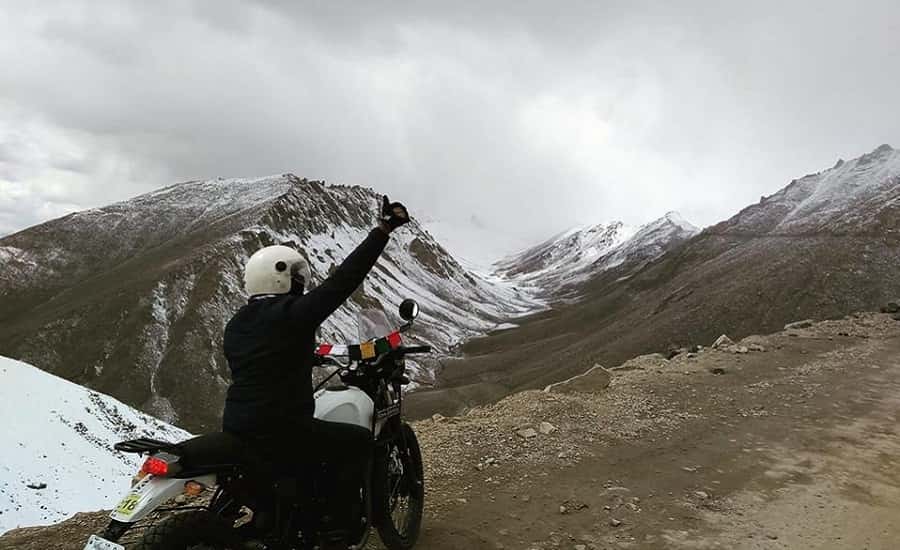
It is located in the Ladakh region of India at an elevation of around 5359 meter or even 17, 582 feet is a very huge mountain pass. Generally, it is pronounced at the Khardung La or the Khardzong La. This pass of the Ladakh region lies in the gateway of Nubra Valley or Shyok Valley. It was built in 1976 and was open for all vehicles in 1988 for major vehicles like motorbikes, automobiles and biking on mountain ranges.
- Must Read: High Altitude Mountain Passes In Ladakh
Talumpati La Pass
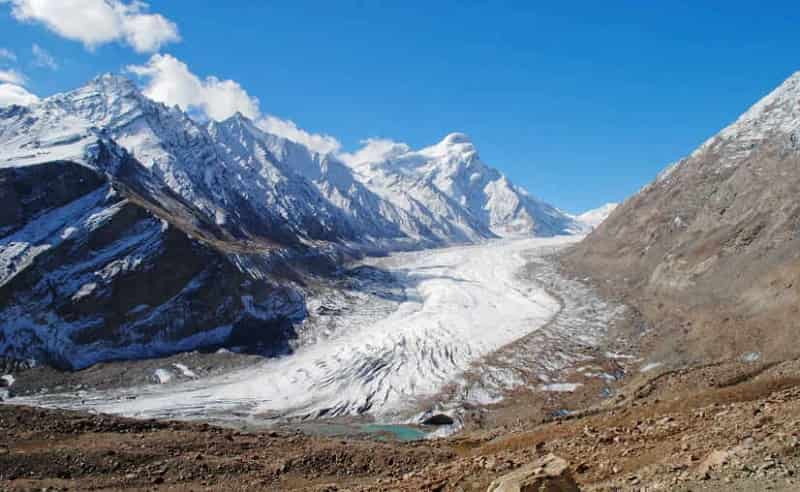
The Tulimpati La pass is another of the wonderful passes in Ladakh, and opens a route toward the Karakoram pass from the Nubra valley in Ladakh. The pass derives a great significance from the history as it was used as the highest routes for domestic and international trade. It served the prior route to head towards Yarkand in the Central Asia.
Past the Nubra valley, the pass leads towards the higher steeper eastern wall of the mountains. On the way, there come giant precipices, moraines, deep gorges and deserted river valleys along the great Himalayan region. Though barren, yet the isolation of the Tulimpati La pass itself makes it majestically beautiful. Though no drop of water or moisture and no sign of vegetation are seen in this place, yet the wild rose bushes, displaying every shade of crimson and pink, clad the place with blossoms. In the forlorn environs of the place, the blazing colors of these plantations are even enhanced.
There is a rivulet, the Tulimpati Chi, which forms quite a narrow gorge. Over this, there has been built a track on a sheer smooth and rocky cliff. This track with precariously balanced stonewalls is built for goat, horses, sheep and humans to walk through. A glorious view of the surroundings is offered once we pass through the steep trek, 2 km long, gradually rises to a height of 2500 ft. The west presents a grand mountain range, and along with that it offers protection from the cold northern winds. These mountain ranges spread from Shyok to Nubra valley. Rocky Mountains with pointed peaks and steep slopes, so steep that snow cannot settle on for a long time, and barren deserts with green and colorful oases sprinkled at some places – all this makes the valley and the Tulimpati La pass a wonderful place to be in.
Karakoram Pass
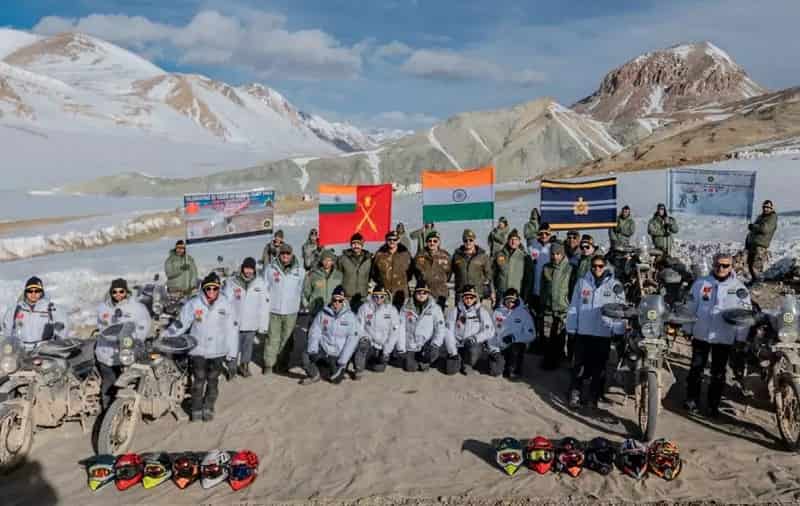
Bearing an altitude of over 18,000 feet, the Karakoram Pass in Ladakh is one of those highest routes in the world, which serve a passage for international trade. There’s another name for this pass – the land of black Gravel – as it translates itself in English. The Karakoram Pass is encountered on the way while trade traveling towards Yarkand in the central part of Asia. Via the Nubra Valley in Ladakh, the route to this passes ways over the Tulimpati La and Sesar La. Also, various campsites like Burtso, Murgo, Kazilangar, Daulatbeg Oldi can be come across while routing towards the Karakoram Pass.
This region of the pass is an icon of barren lands. No vegetation, no animal and human life, and even climate sometimes withdraws its perks from this place. There is a severe fall in the temperature experienced here, up to -30 degree Celsius. Besides, nature brings unpleasant surprises like snowstorms and blizzards that ramp all through the twelve months.
The Traditional Trade Itinerary
The Daulat Beg Oldi campsite serves the commencing point of a long trek, over 16 km, alongside the waterless riverbed. A visitor can be guided through the correct route if he keeps a track of the skeletons and bones of dead animals and people that lie here open. These are the subtle cues of the unreceptive conditions taking toll of numerous lives in the ancient times, of creatures that used this route intensively for trade tour with Central Asia.
Lastly, winding up towards the right from the dry bed of the river, we approach the Karakoram Pass. The gradient is not that hard, but subtly gentle. The obscure air here makes the crossing of this pass peculiarly grueling. Concluding the trek to the pass, we take a climb of around 1,000 feet, with the valley distance visible from the top.
This was the entire journey of the Karakoram Pass, 18,250 ft high up, descending and ascending between two mountain tops. Though the distance that sets the two peaks apart is just 50 yards, the gradual descend, barren land, and the unwelcoming climate make it seem like miles apart. This pass also draws an iconic line with the Great Himalayan Ridges of India on one side and China on the other.
Kang Yatse
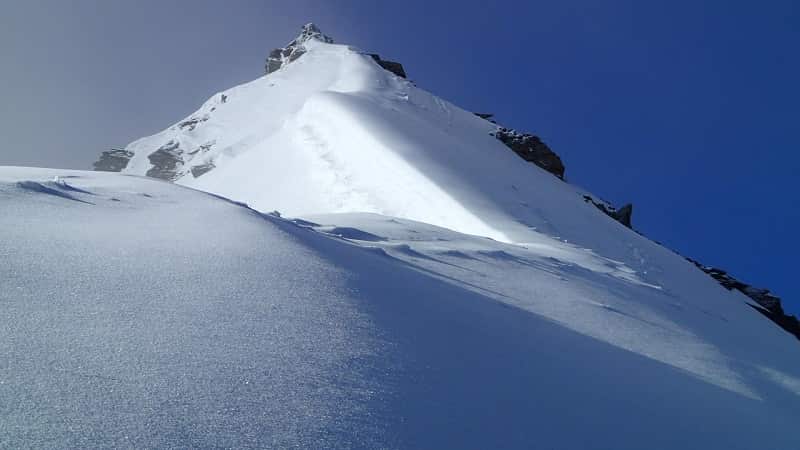
Kang Yatse is a mountain which is located towards the end of the Markha valley in the Ladakh region, in the Himalayas, in northwest India. This mountain is located at a altitude of 21312 feet above sea level. There are two main summits here, which are the lower western peak, known as Kang Yatse II and this is comparatively easier to be climbed and more frequently climbed too. This is located at a altitude of 6200m. The other one is the higher eastern peak is the true summit, known as Kang Yatse I, this one is not very easily. This has not been explored much while trekking, as the track is quite difficult and a tricky one.
Saser La Pass
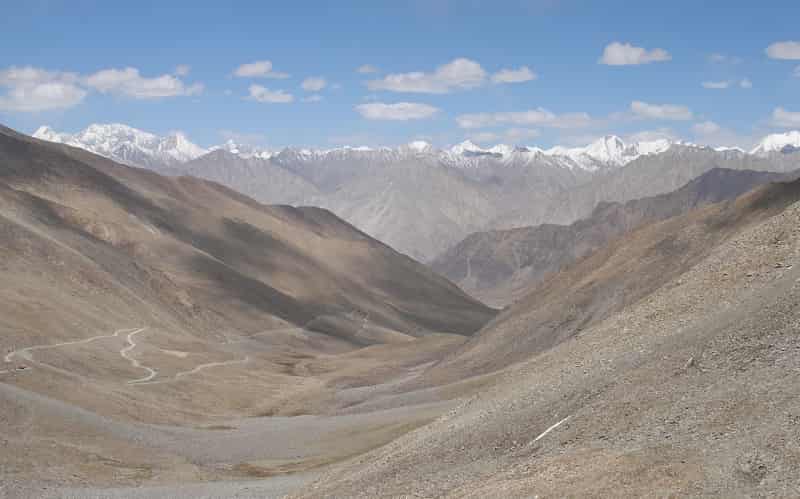
This snow white beauty of India is nestled in the Northern part of Ladakh. It is known as the Saser La pass, or Siser La pass, and the altitude it touches is around 17,500 ft. Saser La pass is a high mountain pass and one of the ancient trade routes towards Yarkand in Central Asia, highest in the world.
Talking of the climate in the Saser La pass region, the maximum temperatures fall to a minimum value of – 20 degree Celsius. The cold here is enough to freeze one’s breaths and bones. The external skin seems as if frozen crystals of colored ice. The blowing air literally makes one feel as if it is biting. Hence, people staying at all in this region have to wear thick and heavy woolen clothes, with multiple layers of clothing. Even visitors are advised to be ready with a pair of woolen dressing when planning to visit Ladakh, esp. the Saser La pass.
All the special effects of the high altitudes are felt as one raises high from the Nubra valley, approaching the pass. It becomes difficult to breathe after crossing a height of 16,000 ft. There is always a fear of slipping from the constant and consistent ice and snow glaciers adamant in this region. But all these dangers are worth experiencing once, for sake of the extraordinary experience the Saser La pass visit provides. It is no less than an adventure trip.
Piled up at the center of the La are heaps of stones, called Cairns, which have amassed here over time by the trading caravans. Signs like these serve evidences of the route having been used for several centuries, in ancient times, for trading with Central Asia. The supplementary side of the Saser La pass, there lays an entirely divergent backdrop, having brown and black rocky mountains across the River Shyok. The mountains have just a few patched that aren’t barren but snow white, near the top of the peaks.
Now that you are aware of the hidden gems of Kashmir, how about you pack your bags and book your honeymoon to this beautiful destination. Speak with your travel agent to add these routes or destinations in to your honeymoon package for Kashmir.

